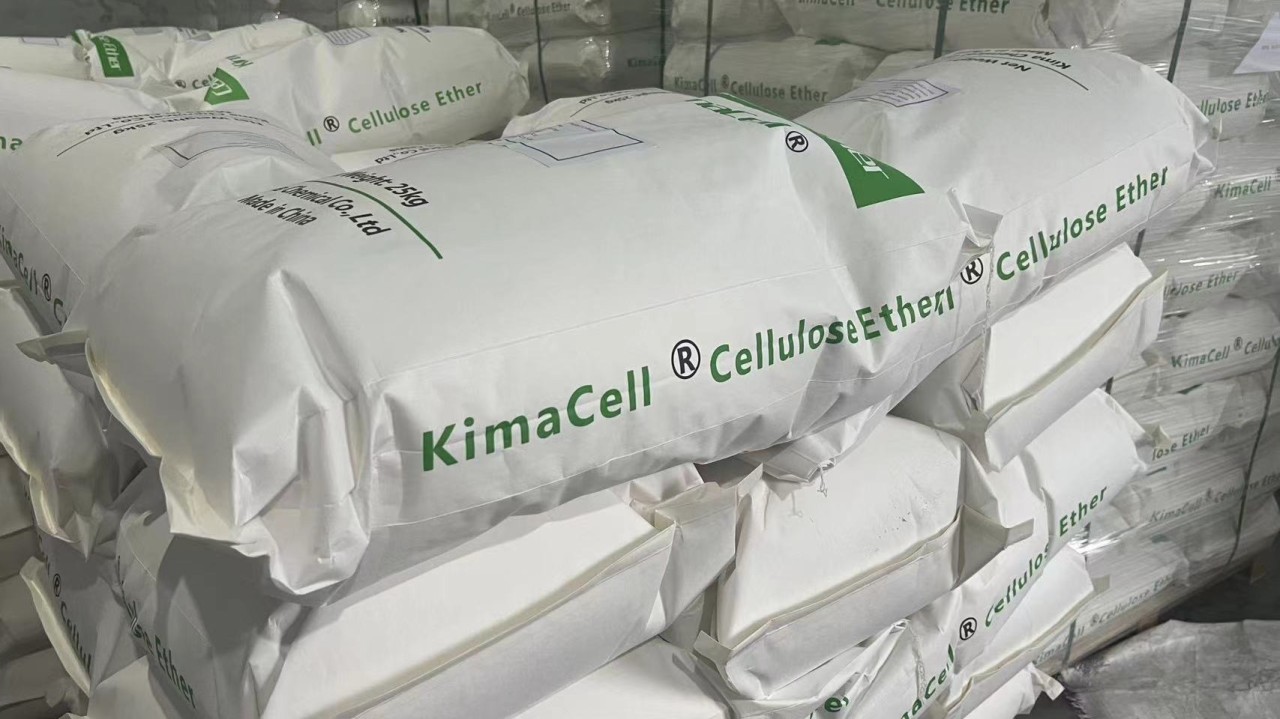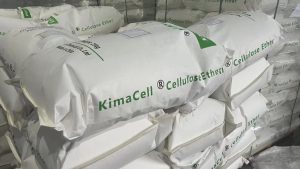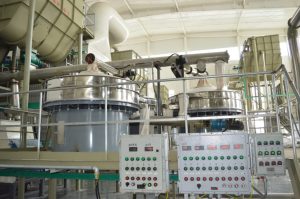How Methyl Hydroxyethyl Cellulose Improves Workability in Plaster
Introduction
In modern construction and building materials, achieving high workability in plaster is essential for both application efficiency and final surface quality. One of the most effective additives used today is Methyl Hydroxyethyl Cellulose. This versatile compound has become a crucial component in plaster formulations, helping improve consistency, adhesion, water retention, and overall application performance. At KIMA CHEMICAL CO., LTD, we understand the importance of choosing the right additive for optimal results. In this article, we explore in depth how Methyl Hydroxyethyl Cellulose enhances plaster workability, why it is favored by professionals, and how it supports better construction outcomes.
Understanding Methyl Hydroxyethyl Cellulose
Methyl Hydroxyethyl Cellulose is a non-ionic, water-soluble polymer derived from natural cellulose. Its chemical structure allows it to form a protective colloid in mixtures, giving plaster an ideal viscosity for application. This polymer is highly valued in construction materials because it works effectively across different temperature conditions and water qualities. The balance of methyl and hydroxyethyl groups in Methyl Hydroxyethyl Cellulose provides improved solubility, consistent thickening, and excellent film-forming properties—making it an indispensable ingredient in plaster products.
The Role of Methyl Hydroxyethyl Cellulose in Plaster
In plaster applications, Methyl Hydroxyethyl Cellulose performs several critical functions. It increases water retention, which slows down the drying process and allows workers more time for application and adjustments. It also improves the adhesion between the plaster and substrate, ensuring better bonding and reducing cracks. Additionally, Methyl Hydroxyethyl Cellulose enhances the viscosity of the mix, making it smoother and easier to spread without sagging or lump formation. These properties collectively improve workability and efficiency on construction sites.
Enhancing Water Retention
One of the most valuable benefits of Methyl Hydroxyethyl Cellulose in plaster is its ability to retain water within the mixture. Without adequate water retention, plaster can dry too quickly, leading to poor adhesion and surface imperfections. Methyl Hydroxyethyl Cellulose ensures moisture remains evenly distributed during application, allowing the plaster to cure slowly and uniformly. This extended setting time helps workers achieve a flawless finish while reducing the risk of shrinkage cracks.
Improving Consistency and Spreadability
Plaster needs to be easy to mix, spread, and level for smooth application. Methyl Hydroxyethyl Cellulose helps achieve this by enhancing the consistency of the wet mix. Its thickening properties ensure that the plaster stays on the trowel without dripping, yet remains easy to apply over large areas. With Methyl Hydroxyethyl Cellulose, the plaster flows evenly, making it ideal for both thin and thick layers. This ensures uniform coverage, saving time and reducing material waste.
Preventing Sagging and Slippage
In vertical applications, plaster can sag or slide before setting, leading to uneven surfaces. Methyl Hydroxyethyl Cellulose provides the right level of viscosity to prevent this issue. By stabilizing the wet plaster, it allows for precise application even on challenging surfaces. This stability is especially important when working on walls and ceilings, where gravity can otherwise cause significant application difficulties.
Increasing Adhesion Strength
Adhesion is critical for long-lasting plaster performance. Methyl Hydroxyethyl Cellulose helps the plaster grip onto the base surface more effectively, whether the substrate is brick, concrete, or drywall. This stronger bond minimizes detachment and surface defects over time. By incorporating Methyl Hydroxyethyl Cellulose into the mix, builders ensure that the finished plaster layer remains intact and durable under varying environmental conditions.
Compatibility with Other Additives
Another reason Methyl Hydroxyethyl Cellulose is widely used in plaster is its excellent compatibility with other construction additives. Whether combined with retarders, accelerators, or fillers, it maintains its performance benefits without causing undesirable reactions. This adaptability makes it easy for manufacturers to develop customized plaster formulations suited to different climates and application needs.
Economic and Performance Benefits
Using Methyl Hydroxyethyl Cellulose not only improves the technical performance of plaster but also offers economic advantages. Better water retention and consistency reduce material wastage and rework costs. Faster, smoother application leads to higher productivity on construction sites. Additionally, the durability it provides extends the service life of plastered surfaces, lowering maintenance expenses in the long term.
KIMA CHEMICAL CO., LTD and Quality Supply
At KIMA CHEMICAL CO., LTD, we specialize in producing high-quality Methyl Hydroxyethyl Cellulose for various industrial applications, including plaster and other construction materials. Our products are manufactured with strict quality control to ensure consistent viscosity, purity, and performance. We provide tailored solutions to meet the unique requirements of our customers, helping them achieve better results in every project.
Conclusion
Methyl Hydroxyethyl Cellulose plays an essential role in improving plaster workability by enhancing water retention, increasing adhesion, preventing sagging, and ensuring smooth application. Its versatility and compatibility with other additives make it a reliable choice for construction professionals aiming for high-quality, durable finishes. By incorporating Methyl Hydroxyethyl Cellulose, builders can achieve superior results while saving time, reducing waste, and improving efficiency. As a trusted supplier, KIMA CHEMICAL CO., LTD is committed to delivering premium-grade Methyl Hydroxyethyl Cellulose that meets the demands of modern plaster applications and supports exceptional construction performance.














Post Comment